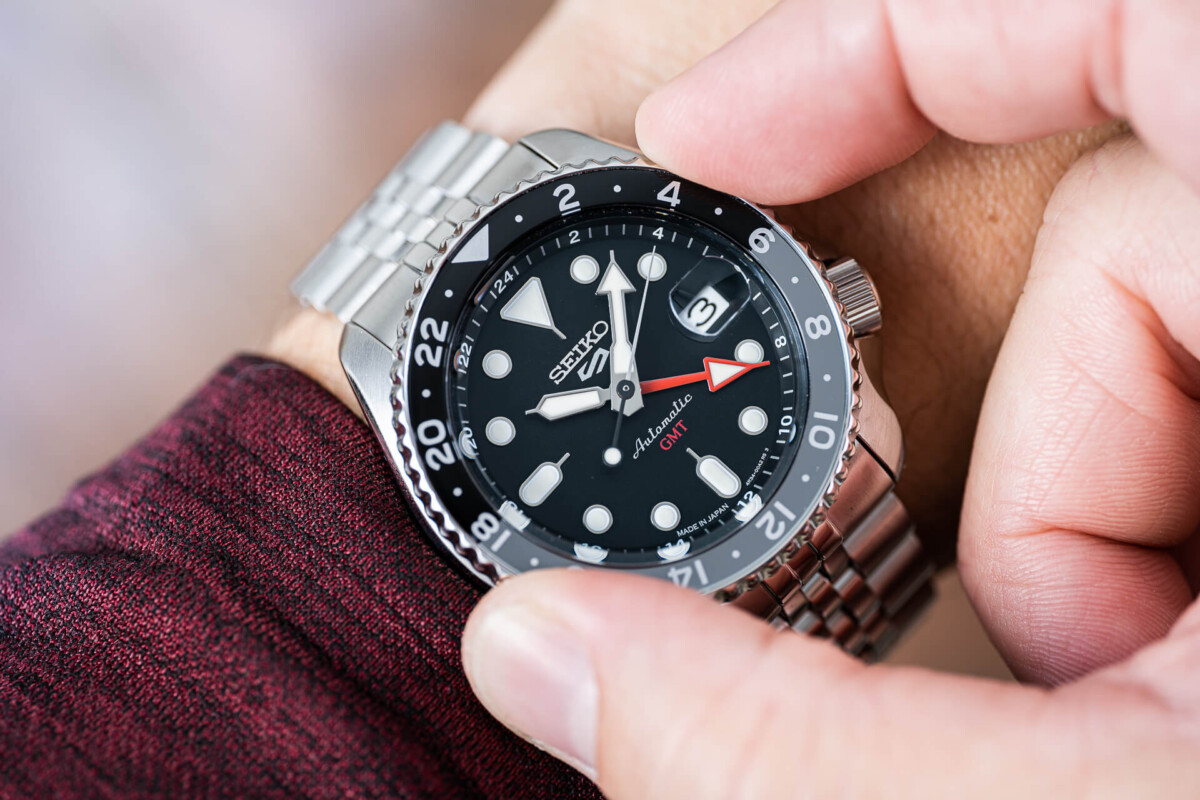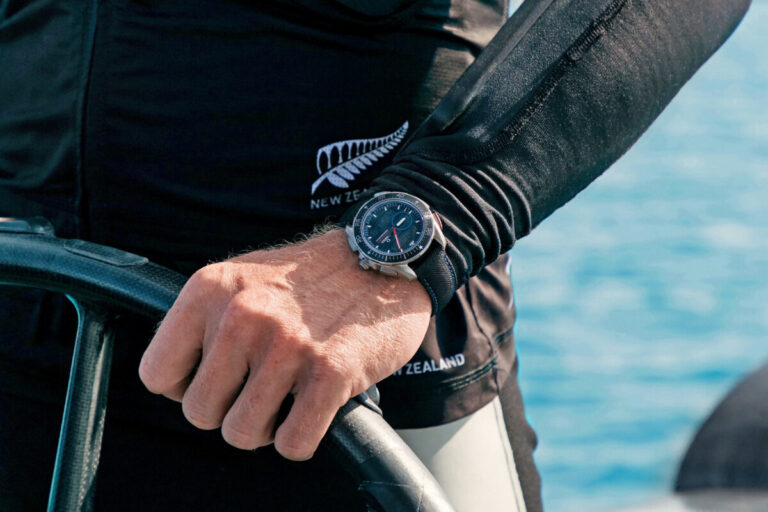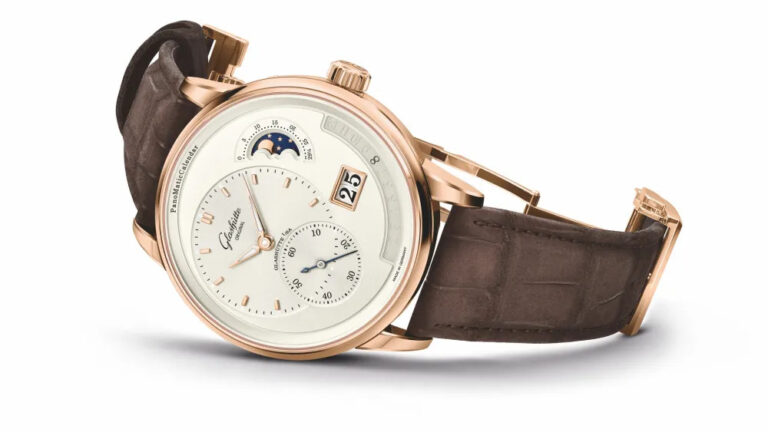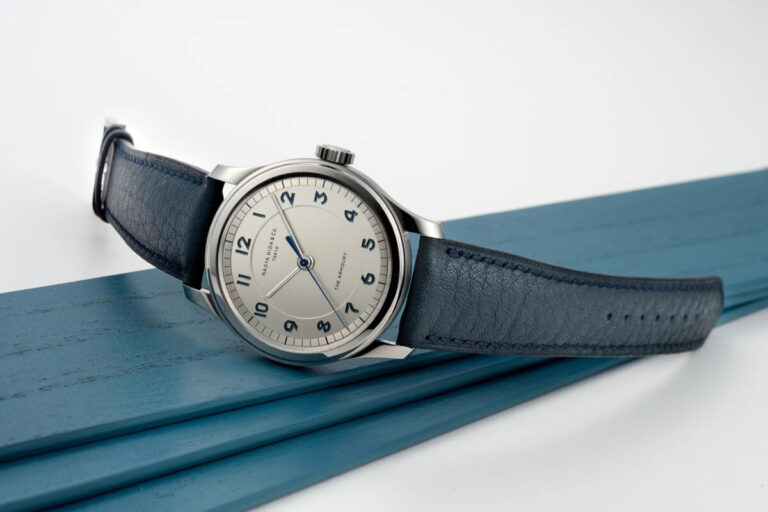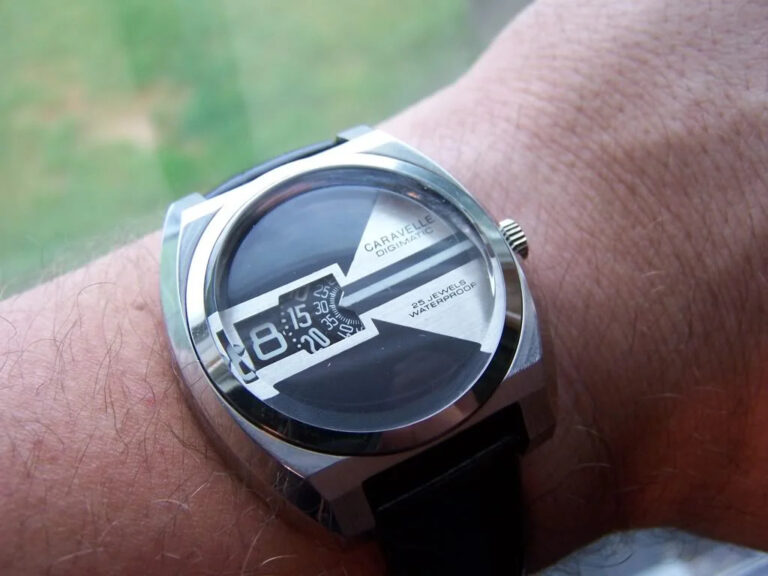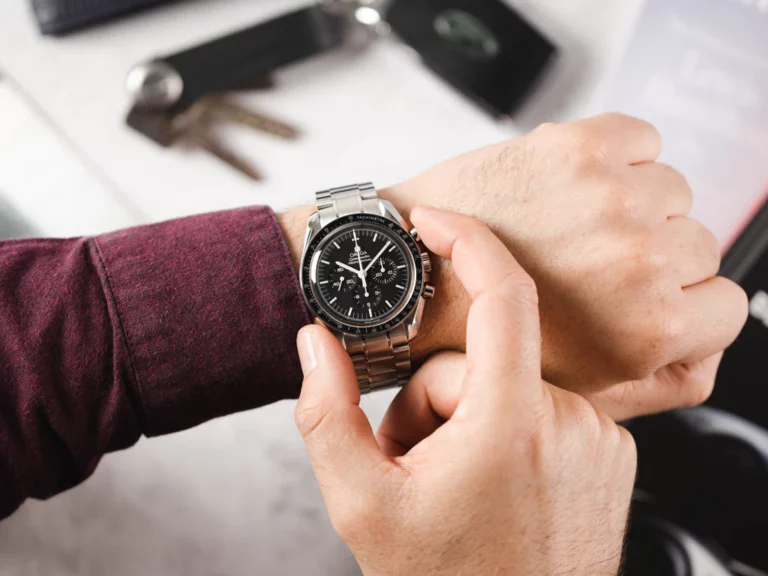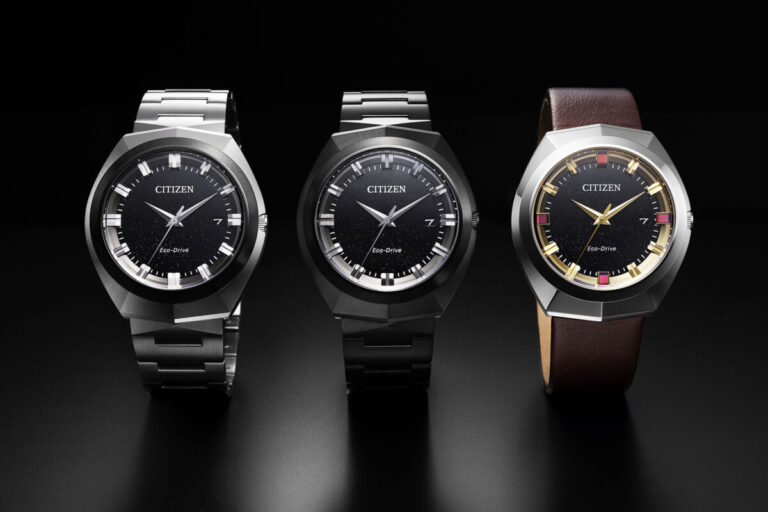When it comes to the world of watches, the debate between Seiko and Casio rages on. These two powerhouses of the watch industry have captivated enthusiasts and casual wearers alike with their distinct value propositions. In this comprehensive analysis, I’ll delve into the histories, innovations, and unique offerings of both brands, empowering you to make an informed decision on which is best for your needs.
History of Casio
1. Casio’s Origin and Early Products
Founded in 1946 by Tadao Kashio, Casio initially focused on manufacturing electronic products, particularly calculators. Their calculators gained widespread popularity due to their quality and innovative features, establishing the brand as a pioneer in the electronics industry.
2. Entry into Watch Manufacturing
In the 1970s, Casio leveraged its expertise in electronic technology to transition into watch manufacturing. They introduced pioneering models like the Casiotron and F100, marking their entry into the competitive watch market and paving the way for their future successes.
3. Evolution of G-Shock
Casio’s most iconic contribution to the watch world came in 1983 with the development of the G-Shock series. These watches were characterized by their robustness and durability, designed to withstand extreme conditions. The G-Shock quickly gained a diverse following, from outdoor enthusiasts to military personnel, cementing Casio’s reputation for creating rugged, functional timepieces.
History of Seiko
1. Establishment and Growth
Seiko was established in 1881 by Kintarō Hattori, emerging as one of Japan’s largest conglomerates in horology. The brand is renowned for its commitment to quality and innovation, consistently pushing the boundaries of watchmaking excellence.
2. Innovation in Watch Technology
During the quartz crisis of the 1970s, Seiko pioneered advancements in watch technology by introducing the quartz movement. This groundbreaking innovation solidified the brand’s position in the industry and demonstrated its ability to adapt to changing market demands.
Seiko continued to innovate, introducing technologies like Kinetic and Spring Drive, which combined the best of automatic and quartz accuracy, further cementing its reputation as a leader in watch innovation.
3. Diverse Range of Collections
Seiko offers a diverse range of collections to cater to various preferences and budgets. The Seiko 5 and 5 Sport lines are known for their versatility and affordability, making them accessible to a wide audience. For watch enthusiasts seeking high-performance dive watches, the prestigious Prospex collection delivers exceptional quality and functionality.
Additionally, the Presage line caters to those who appreciate classic designs and traditional craftsmanship, reflecting Seiko’s rich heritage.
Comparative Analysis
1. Style
Seiko watches embrace traditional aesthetics that reflect the brand’s rich heritage and commitment to craftsmanship. Their designs often appeal to those who appreciate classic, timeless styles. On the other hand, Casio’s watches exude a modern and tech-savvy style, resonating with consumers seeking innovative features and contemporary aesthetics.
2. Materials and Build
Seiko utilizes a range of materials in their watch construction, from stainless steel to precious metals like gold and platinum. This attention to material selection ensures durability and longevity, contributing to the brand’s reputation for quality.
Casio’s G-Shock watches, in particular, employ advanced materials like carbon fiber and titanium, enhancing their resilience in rugged environments and extreme conditions.
3. Movements
When it comes to movements, Seiko offers a diverse range, including quartz, automatic, and their innovative Spring Drive technology. This variety caters to different preferences and use cases, ensuring that there is a Seiko watch to suit almost any need.
Casio, on the other hand, specializes in quartz movements renowned for their accuracy and reliability. This focus on quartz technology is particularly evident in their digital and solar-powered watches, making them a popular choice for those seeking low-maintenance timepieces.
4. Prices
Seiko watches span a wide price range, from affordable models to high-end offerings like Grand Seiko, which caters to luxury watch enthusiasts. This diverse pricing strategy ensures that there is a Seiko watch to suit varying budgets and preferences.
In contrast, Casio watches are generally more budget-friendly, with options available at lower price points. This accessibility makes Casio watches an attractive choice for those seeking quality timepieces without breaking the bank.
5. Warranty
Seiko typically offers a longer warranty period of 3 years, providing assurance of quality and reliability to their customers. This extended warranty coverage demonstrates the brand’s confidence in their products and serves as a testament to their commitment to customer satisfaction.
Casio’s warranty duration is generally 2 years but can be extended for additional coverage, offering flexibility for consumers who prioritize long-term protection for their watches.
Verdict
Ultimately, the choice between Seiko and Casio comes down to personal preferences and priorities. Seiko excels in offering a diverse range of watches that cater to various styles, from classic designs to high-performance timepieces. Their commitment to innovation and technological advancements has earned them a reputation for quality and durability.
Casio, on the other hand, stands out for its budget-friendly prices and rugged, functional watches like the iconic G-Shock series. Their focus on quartz technology and modern aesthetics appeals to consumers seeking reliable, low-maintenance timepieces with contemporary flair.
Both brands have their unique strengths and offerings, making it difficult to declare a clear winner. The choice ultimately depends on your individual needs, style preferences, and budget considerations.
Conclusion
In the battle between Seiko and Casio, there is no definitive winner; rather, it’s a matter of finding the brand that aligns best with your personal preferences and needs. Both brands have proven their mettle in the watch industry, delivering quality timepieces that have stood the test of time.
Whether you’re drawn to the classic designs and innovative technologies of Seiko or the rugged functionality and contemporary aesthetics of Casio, you can rest assured that either choice will provide you with a reliable and durable timepiece.
As you continue your journey in the world of watches, I encourage you to explore further articles on watch-related topics and stay updated on the latest developments in the industry. The world of horology is ever-evolving, and there’s always something new to discover.

